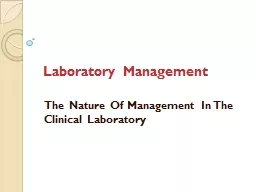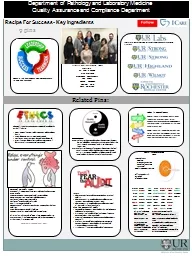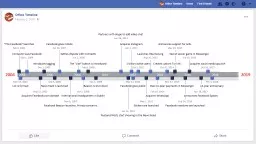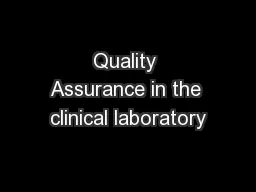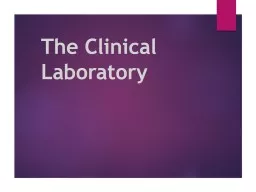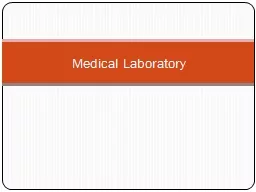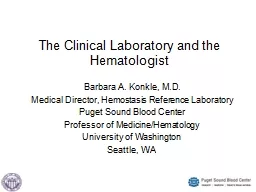PDF-VOL 17 NO 3 SUMMER 2004 CLINICAL LABORATORY SCIENCE165
Author : norah | Published Date : 2022-08-16
The Focus section seeks to publish relevant and timely continuingeducation for clinical laboratory practitioners Section editors topicsand authors are selected in
Presentation Embed Code
Download Presentation
Download Presentation The PPT/PDF document "VOL 17 NO 3 SUMMER 2004 CLINICAL LAB..." is the property of its rightful owner. Permission is granted to download and print the materials on this website for personal, non-commercial use only, and to display it on your personal computer provided you do not modify the materials and that you retain all copyright notices contained in the materials. By downloading content from our website, you accept the terms of this agreement.
VOL 17 NO 3 SUMMER 2004 CLINICAL LABORATORY SCIENCE165: Transcript
Download Rules Of Document
"VOL 17 NO 3 SUMMER 2004 CLINICAL LABORATORY SCIENCE165"The content belongs to its owner. You may download and print it for personal use, without modification, and keep all copyright notices. By downloading, you agree to these terms.
Related Documents



